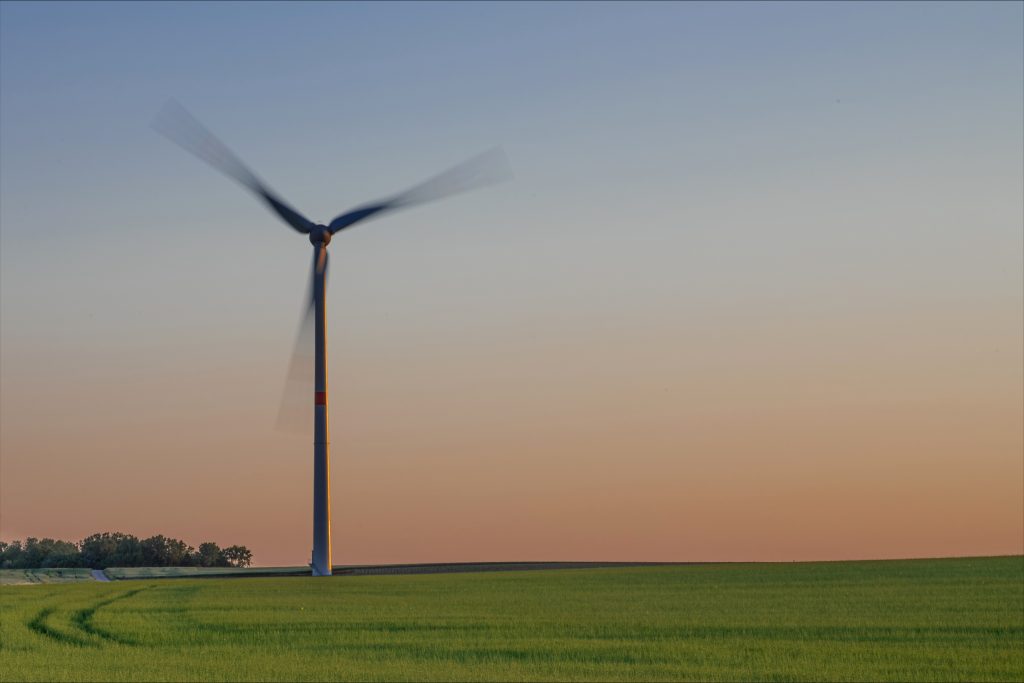The goal is in sight. We know Wisconsin can reach a clean energy future within a generation, one where we breathe cleaner air, power our communities with homegrown, renewable energy, and use our resources wisely.
The first step toward this future doesn’t sound exciting or bold, but it’s critical: maximize energy efficiency. This is the cheapest, smartest, and in many ways, easiest thing to do to cut carbon emissions. There are many ways to get the same results, like a comfortable home or traveling where we need to go, with less energy. For example, we can cut our energy waste by better insulating our homes, swapping old bulbs for LED lights, and driving cars that get better gas mileage (or better yet, run on electricity). From the federal Inflation Reduction Act to the statewide Focus on Energy program, there are many rebates and other financial incentives available to help you slash energy waste and save money.
At the same time, Wisconsin needs more renewable energy on the grid. Much more. And we need it fast. Our Roadmap to Net Zero by 2050 study shows we need 31 gigawatts (GW) of solar (including 2.5 GW of rooftop solar), and 21 GW of wind energy to reach climate goals. That means it’s time to start embracing major clean energy projects, especially if they come to your community. Wisconsin needs three or four big solar farms every year, like the Koshkonong Solar Energy Center approved last year near Cambridge. We also need one large wind project every year on par with the proposed 600 MW Uplands Wind project in Southwest Wisconsin.
While the transition to clean energy is achievable, it’s no surprise that Wisconsin must drastically pick up the pace. Based on the latest data from the U.S. Energy Information Administration, we’ve only installed about 3% of the solar capacity needed by 2050. Wisconsin is also last in the Midwest when it comes to the amount of wind power at just 737 megawatts (that’s 0.737 GW). The good news is, proposed projects like High Noon Solar and Uplands Wind will help us start to catch up, but these projects and others that will follow need clear, widespread public support.
We must also accelerate the pace of rooftop solar. This kind of distributed energy production adds value and resilience to our electrical grid while taking advantage of existing infrastructure. Clean Wisconsin advocates for more tools to overcome the barrier of upfront cost, like third-party solar financing. Fortunately, the Inflation Reduction Act extended the federal investment tax credit, which offsets 30% of the cost of installing solar panels on homes and businesses. There are other financial incentives available for rooftop solar, too, like a Focus on Energy solar rebate and group buy discounts. If you’re in a position to invest in solar for your home, now is the time.
But while rooftop solar is an important piece of the clean energy puzzle, too often it’s used as an excuse to push back against badly needed solar farms and wind projects. The reality is rooftop solar alone won’t get us anywhere near where we need to be. A quick back-of-the-envelope calculation shows why. The capacity of my own rooftop solar system is 6 kilowatts (kW). Uplands Wind would have a capacity of 600,000 kW. In other words, we would need 100,000 Wisconsinites to put solar on their roofs to get the same amount of power as one single large-scale wind farm. And we’ll need 100,000 more people to do it the next year. And 100,000 more the year after that…
Let’s be realistic.
Energy efficiency, large energy projects, and small rooftop solar are all important. We can’t achieve energy independence and major carbon reduction without these three big things that will put Wisconsin on the path to a cleaner, healthier future.
Building on our recent solar vs. ethanol energy comparison study, Clean Wisconsin’s science, energy, and water teams are collaborating to develop recommendations for optimal solar siting in Wisconsin. By considering factors like transmission infrastructure, farmland quality, and water concerns together, we endeavor to guide future renewable energy projects to make the best use of our land resources. We hope this work will help renewable energy developers and key decision-makers navigate tradeoffs so we can minimize any drawbacks and maximize the many benefits that the clean energy transition brings to Wisconsin communities.

